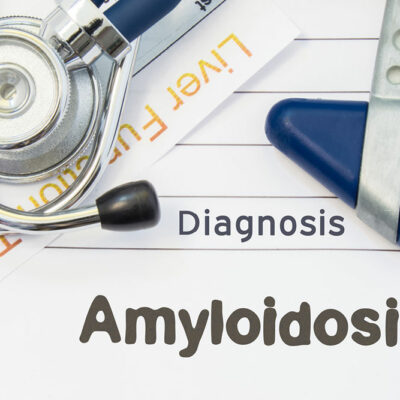
Diagnosing Deep Vein Thrombosis
The health condition in which blood clots occur deep within veins is called DVT (or deep vein thrombosis). If left untreated, DVT may lead to a life-threatening health disorder called pulmonary embolism, in which clotted blood travels through the bloodstream and gets logged in the lungs, thereby causing a blockage in blood flow. The causes of deep vein thrombosis can vary, and one should look out for the signs and symptoms related to this disorder:
1. Common symptoms of deep vein thrombosis
In several instances, this disorder does not show any noticeable symptoms. However, some common symptoms that accompany deep vein thrombosis are as follows:
- Swelling in the legs, foot or ankle, generally on one side. This disorder rarely affects both legs.
- The skin covering the affected area might get a pale, reddish or bluish shade.
- Patients might experience cramps on the affected leg that usually starts at the calf area.
- The skin covering the affected area might feel warmer in comparison to the surrounding skin.
- Patients might experience severe pain, with no apparent reason, in the ankle or the foot.
Various injuries or blood clotting disorders are some of the causes of deep vein thrombosis. These factors can often cause a particular category of DVT, called upper extremity deep vein thrombosis (UEDVT), in the arms or neck. This can further lead to the development of pulmonary embolism when this type of DVT travel to the lungs. Symptoms of UEDVT are:
- Swelling of an arm or hand
- Weakness in the hand
- Pain in the shoulders and neck
- Pain traveling from arm to forearm
2. Health complications
The causes of deep vein thrombosis are mainly associated with the formation of blood clots in the veins. As a result, if this health condition is not detected early, it can lead to the development of the following health complications.
3. Pulmonary embolism
Patients suffering from this condition experience the following symptoms:
- Pain or discomfort in the chest that increases during deep breathing or coughing
- Coughing up blood
- Increased pulse rate
- Sudden shortness of breath
- Dizziness
4. Postphlebitic syndrome
Damage of veins is one of the causes of deep vein thrombosis, and the most common health complications that this condition leads to is called postphlebitic syndrome. It is characterized by the following symptoms:
- Swelling of legs
- Discoloration of skin over the affected area
- Sores of the skin
- Pain in the legs
5. Diagnosis
The common symptoms of DVT are generalized and can be associated with other health conditions as well. As a result, doctors prefer carrying out following medical tests, along with considering the symptoms, for proper diagnosis.
6. Ultrasound
This test is conducted to view the condition of the arteries and veins and the flow of blood through them.
7. D-dimer test
This test helps in measuring the presence of an element that is being released when blood clots break apart. An increased level of this element, along with the presence of other risk factors, implies that the patient is likely to have a blood clot.
8. Venogram
In this method, a dye is injected in the vein, followed by an X-ray over the affected region where DVT is suspected to develop. This dye is effective in making the vein more visible so that proper diagnosis can be made.
Thus, with the help of all these symptoms and medical tests, doctors can diagnose the development of DVT in patients.


